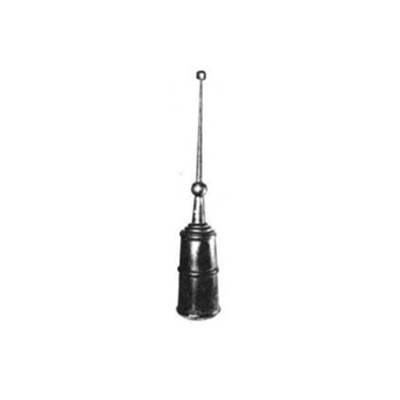Mangtong overview

Mangtong (pinyin: Mangtong), said in Dai language is short, haya. In Chinese, it is called bucket, big copper horn. Popular in Yunnan Province Chuxiong Yi Autonomous Prefecture, Xishuangbanna Dai Autonomous Prefecture, Liaoning, Jilin and other places.
The tube body is made of copper, the upper part is small, the lower part is large, and the bottom is empty. It consists of upper and lower sections. The upper section is a blowpipe, the body is thin and long, and the top is fixed with a mouthpiece. The lower section is a resonator, which is bell-shaped or trumpet-shaped. When not in use, the upper section of the tube body can be retracted into the lower section, and then pulled out when in use.
The horn is an ancient military horn. According to legend, it was derived from the big horn during the Northern Wei Dynasty (386-534 AD). Ming and Qing dynasties were called copper horns. Later, it is often played together with the big balla, and it is an indispensable bass instrument for folk weddings, festive festivals and other occasions. It is also occasionally used in folk instrumental ensembles.
- type:lip vibration instrument
- nickname:A short rut, Haya, a barrel, a large copper horn
overview of other similar instruments
- sanyanxiao overview
- Daguangxian overview
- Leiqin overview
- hahao overview
- yandundagu overview
- Han Xiaozheng overview
- Fang Xiang overview
- guanzi overview
- zhuqin (Dao Qin) overview
- zhuiqin overview
- bangzi overview
- three-stringed piano overview
- Gehu overview
- xiao overview
- xiaokonghou overview
- Konghou overview
- Sheng overview
- suona overview
- hulusi overview
- gushao overview
 渝公网安备 50010702504639号
渝公网安备 50010702504639号